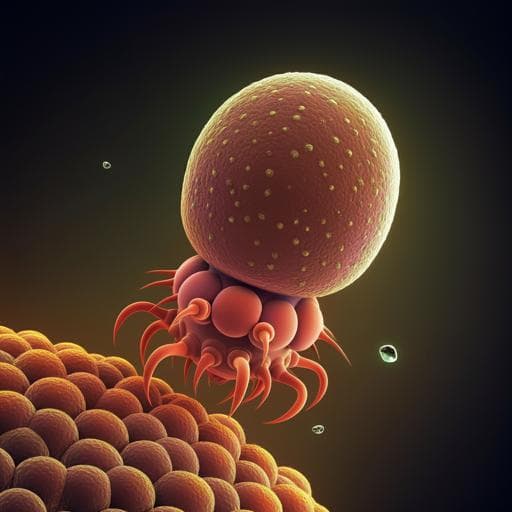
Biology
3D mechanical characterization of single cells and small organisms using acoustic manipulation and force microscopy
N. F. Läubli, J. T. Burri, et al.
Unlock insights into cellular mechanics with our groundbreaking study by Nino F. Läubli and colleagues. This innovative approach leverages an acoustically driven manipulation device to explore the mechanical properties of biological specimens like *Lilium longiflorum* pollen grains and *Caenorhabditis elegans* nematodes, revealing local variations in stiffness and enhancing biophysical modeling.
~3 min • Beginner • English
Related Publications
Explore these studies to deepen your understanding of the subject.







